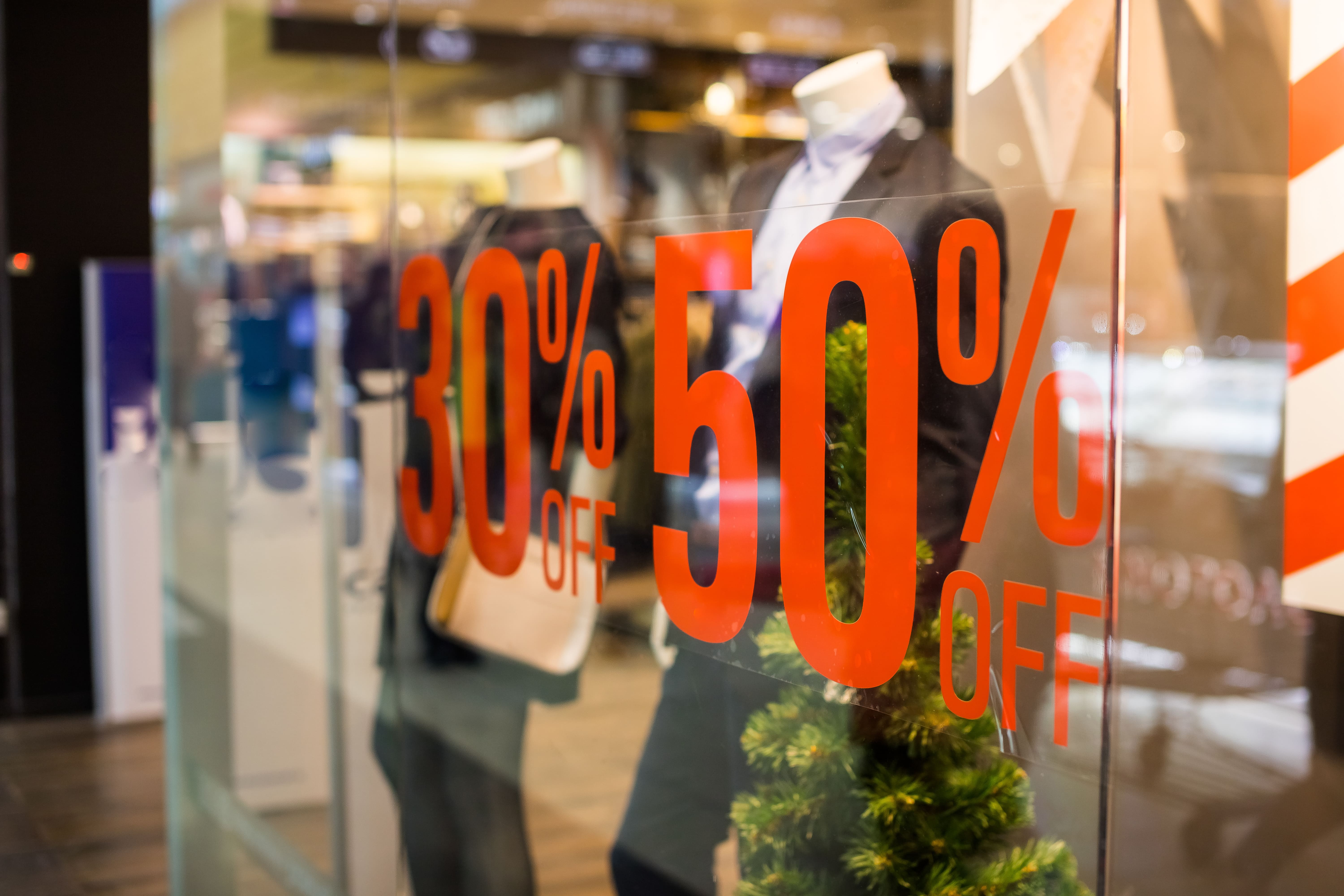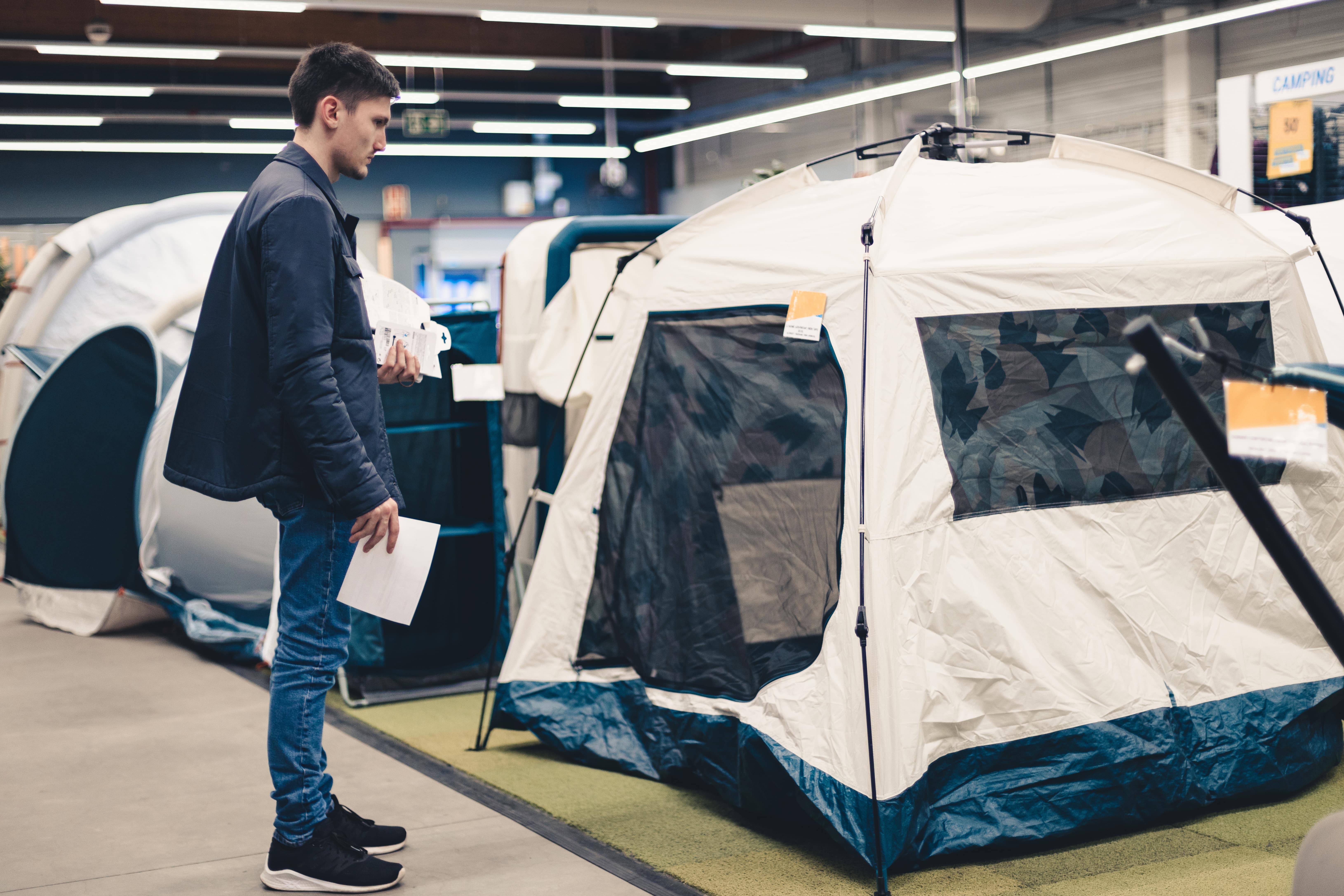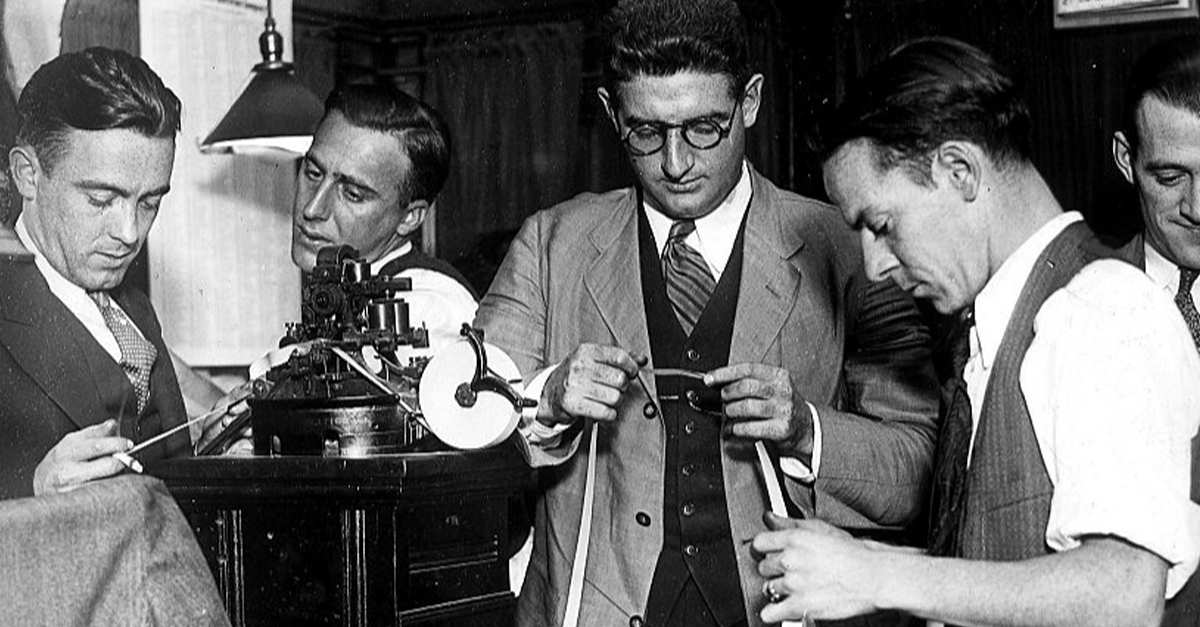Price Matching = Smart Shopping 
Every penny counts, especially when shopping on a budget.
Price matching is a well-kept secret in the retail industry that can lead to significant savings for consumers. It’s the practice where a retailer promises to match a lower price found with a competitor, allowing customers to shop without fretting over price disparities.
This strategy can result in substantial savings, especially when purchasing high-ticket items or everyday essentials. However, it’s often kept on the down-low by retailers, primarily because offering price matching can potentially affect their profit margins.
Retailers prefer customers not to exploit this feature extensively, leading them to not advertise it prominently. By doing their due diligence, consumers can leverage price matching to ensure they are always getting the most bang for their buck, keeping more money in their pockets.
Here's how to get the most from price-matching to save you some money on your next shopping trip.
Understand Unit Pricing
When comparing prices, it's important to look at the cost per unit and not just the overall price tag. This method provides a standard to determine the real value of a product.
Most grocery stores offer unit pricing on their shelf tags.
For instance, a larger package might seem more expensive at first glance, but when you calculate the unit price (cost per ounce, for instance), it could be a more cost-effective option.
Utilize Price Comparison Apps
In our digital age, there's an app for nearly everything, including price comparison.
Apps like ShopSavvy, BuyVia, or Flipp allow you to scan barcodes or search products to compare prices at various online and local retailers.
This can save you both time and money, as these apps do the legwork for you.
Track Prices Over Time
Some items have predictable pricing patterns. For instance, holiday decorations are often more expensive before the holiday and cheaper after.
Keeping track of these patterns can help you know when it's the best time to buy.
Websites like CamelCamelCamel track prices on Amazon products over time, providing insights on the best times to make your purchase.
Leverage Online Shopping Tools
Online shopping platforms often offer tools to help with price comparisons.
For example, on Amazon, you can view "price history" charts for many items to determine if you're buying at a peak price point.
Also, browser extensions like Honey can automatically compare prices and apply the best coupon available at checkout.
Don't Forget About Quality
Remember, the cheapest option isn't always the best value. It's important to consider the quality of the product as well.
A more expensive item that lasts longer may be a better deal in the long run than a cheaper alternative that you'll have to replace frequently.
Consider Total Costs
When comparing prices, especially online, be sure to factor in all costs, including shipping fees, taxes, and potential return costs.
A cheaper price tag might not save you money if the shipping cost is high.













